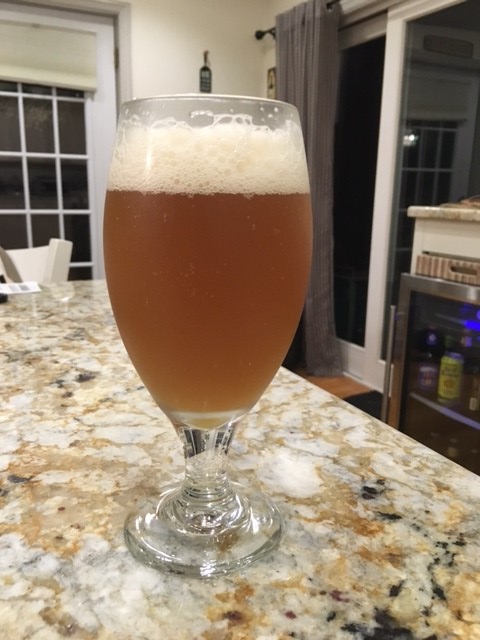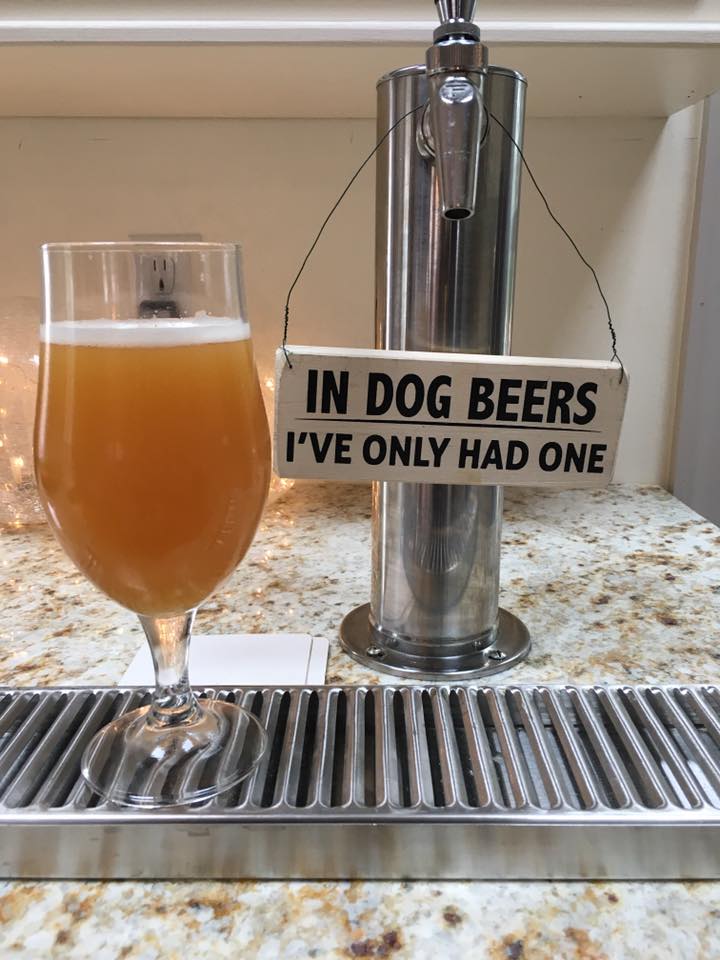I brewed this IPA 7/7 bottled at the end of the month, maybe 7/21 or 7/28... I don't remember.
I have noticed that the last couple of beers I have bottled, both IPAs, darkened considerably after just a couple of months. My bottling process is simple and clean. I clean and sanitize everything: I take apart the spigot, the wand, tubes, auto siphon, bottles, caps etc.
The top photo is the oxidized beer and the second is what it should look like (A few bottles that I opened were even darker than the top).
I store the bottles in my basement, not in the fridge and under a blanket to hide from the light. The temp in the basement was a bit warm this summer and rose to probably 75-80 at max sometimes.
So what the hell is going on here? My guess from all my reading is oxidation but how and why?


I have noticed that the last couple of beers I have bottled, both IPAs, darkened considerably after just a couple of months. My bottling process is simple and clean. I clean and sanitize everything: I take apart the spigot, the wand, tubes, auto siphon, bottles, caps etc.
The top photo is the oxidized beer and the second is what it should look like (A few bottles that I opened were even darker than the top).
I store the bottles in my basement, not in the fridge and under a blanket to hide from the light. The temp in the basement was a bit warm this summer and rose to probably 75-80 at max sometimes.
So what the hell is going on here? My guess from all my reading is oxidation but how and why?







![Craft A Brew - Safale BE-256 Yeast - Fermentis - Belgian Ale Dry Yeast - For Belgian & Strong Ales - Ingredients for Home Brewing - Beer Making Supplies - [3 Pack]](https://m.media-amazon.com/images/I/51bcKEwQmWL._SL500_.jpg)






















































